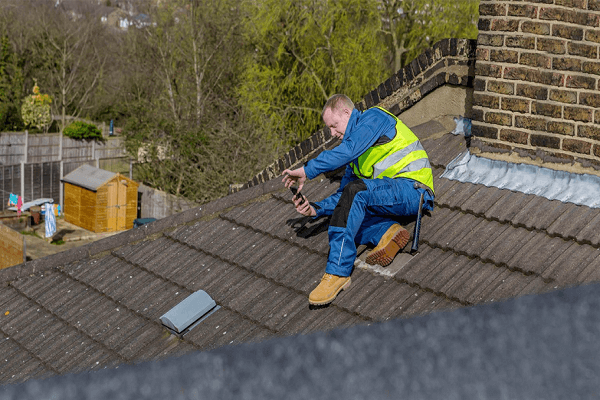Contents
Anyone can question questions about any project. It s the skill to take questions, analyze them, and use them in a way that leads to successful outcomes. A good Roof Survey consultant can give you accurate feedback on whether your roof needs work, whether you are doing your job right, and whether changes are needed. These responses allow you to see where you are doing right and where you need to improve setting goals for your survey that clearly outline what you need to learn from your roofers or other roofing clients and how to utilize that information to improve your roof or building business.
Vital Element
A vital element of a roof inspection is a visual inspection. You should have a visual image of your roof and surrounding area by the end of the survey. This will tell you if repairs are needed or if the condition is acceptable. In addition, if your roof needs work, you should be able to gather the names of companies that do this type of work and who would give you the estimate of cost for their services.
Note Visible Damage
It is important to note any visible damage during the roof inspection, such as holes, missing tiles, or other visible signs of wear. By registering the presence of damage, you will easily compare the extent of the damage to your expectations. For instance, if your expectations are based upon an actual inspection of the roof by a licensed inspector, and the damage is significant, you may need to repair the damage or have it corrected before starting your repairs.
Critical Areas
In general, roof inspections focus on three critical areas: the overall condition of your roof, your professional roofing installation, and your relationship with your roofer. The first one is straightforward to quantify. A simple visual inspection of your roof by a trained eye can reveal significant issues, such as cracked shingles or missing shingles. However, these problems may not always be readily apparent until a more in-depth inspection is conducted.
Also read: How To Get Best Ignifugation Services in Valencia?
Professional Roofing Contractors
They perform their inspections, which will likely be more thorough than your inspection. They will also include more complex issues, such as missing or cracked tiles, missing nails, or flaking mortar. Even though most of your roof inspection is focused on the roof itself, it is essential to note that different types of surface and structure will contribute to varying conditions under which your roof can experience deterioration. This difference between types of situations will determine how extensive your roof inspections will be.
Consider Quality
A roof inspection should also focus on the quality of your guttering and roof repairs. Your guttering should be free of any missing or loose materials. If you notice any discoloration or holes in your guttering, this should be reported immediately. In addition, your roof repairs should also be completed to the highest standard of quality. Any cavities or discoloration in your shingles should also be addressed. Again, it is essential to note that professional roofing contractors will perform these repairs to ensure they are free from any possible problem.
Your roofing survey should also focus on inspecting your roof for any signs of leakage. Leaks are the number one roofing concern for homeowners everywhere. While many people think that leaks occur due to the elements or plumbing issues, it is usually the case that poor installation practices cause water leaks. For example, if your guttering is constructed from aluminum tubing with no gap, water is likely leaking onto your ceilings, walls, or floors. A qualified roofer will be able to point out any problems with your guttering or roof installation, which may cause you to lose hundreds of dollars on unnecessary roof replacements.
Conclusion;
Lastly, your survey should focus on identifying whether your roof is in excellent or imperfect condition. To determine the general state of your roof, a contractor will need to examine the underlayment and flashing, as well as the attic floor, skylights, windows, vents, chimney, and doors. By addressing all of these components of your property, you can have peace of mind that your home’s condition has been adequately addressed.





